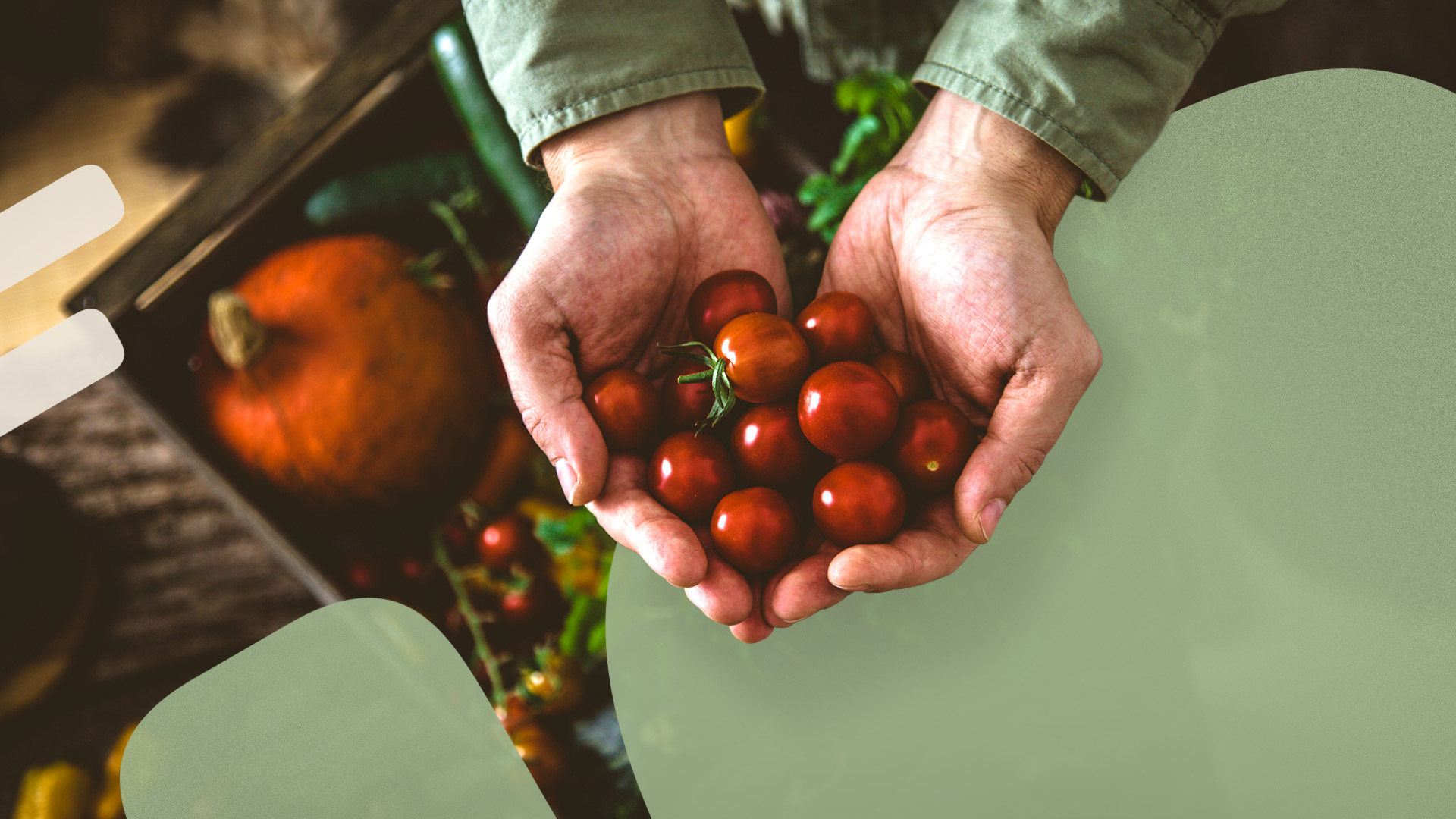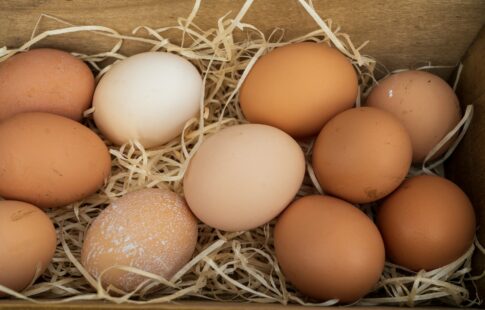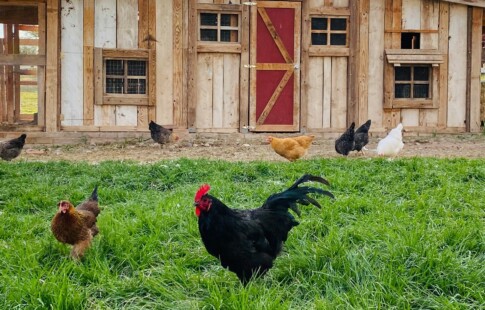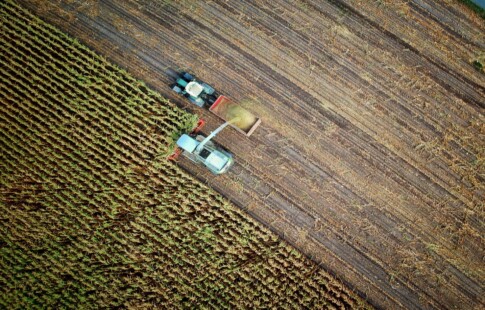
Sustainable Food Practices
We are reader-supported. When you buy through links on our site, we may earn affiliate commission.
Do you ever stop to think about where your food comes from? Most produce and meat products likely come from industrial-sized farms. A question people who are concerned about environmental practices might ask is, “Is it sustainable?”
There’s not a specific definition for sustainable food. However, sustainable food practices should satisfy the human need for food while benefiting the environment, efficiently using renewable sources and continuing to boost the local economy. Every time something is planted or livestock are raised, the environment should enhance.
Below are some sustainable food practices you can implement into your life.
1. Grow Your Own Food
One of the best ways to ensure that your food is sustainable is by growing your own food. You don’t have to be an avid gardener or farmer to get fresh produce from a plot of land to your kitchen.
All you need is some soil, water, sunlight, seeds and your own compost to get some vegetables, fruit or herbs growing. Many people who live in smaller homes or apartments tend to grow herbs in a little pot on their windowsill. If you have more land, prepare the soil for planting and follow the basic seed instructions on the back of a seed packet.
Once you harvest your own food, you’ll begin to appreciate just how much work goes into the food you eat. You’ll be proud that you adopted this sustainable food practice.
As you continue to become acquainted with gardening, you’ll be able to plant, harvest and eat home-grown food for years to come. At-home gardening is sustainable because the food doesn’t have to travel very far to get to your plate, limiting fossil fuels.
2. Buy Locally-Grown Produce
Not everyone has a green thumb, and that’s okay! If growing your own food isn’t working for you, you can instead purchase locally-grown food and other products. When you shop locally, you’re giving back to your community. However, you should be aware that not all things you buy locally were locally or sustainably produced.
For example, if you go to a farmers market, ask the farmer how the food was grown. Just because it’s local doesn’t mean it wasn’t industrially produced. If the food is sustainably grown, great! You can continue to build a relationship with the grower, learning how the food was grown and when it was harvested. You can also ask for tips on how to prepare it.
When you buy locally, you buy sustainably. Therefore, the food has traveled a shorter distance, limiting carbon emissions that are often released when other produce is shipped hundreds of miles.
3. Eat Vegetables
It’s no doubt that meat production leads to carbon emissions, which lead to climate change. You don’t have to completely cut out meat to practice food sustainability, though. Just increase the number of vegetables you eat and decrease the amount of meat consumed.
Raising and transporting livestock requires much more energy consumption than plants. They need more water, food and land to roam. Therefore, reducing meat consumption leads to a smaller carbon footprint on your end.
Again, you can still eat meat, but just add a few more vegetables to your plate throughout the week and have smaller portions of meat.
4. Purchase Food In-Season
Another sustainable food practice is purchasing in-season food. A cold climate cannot possibly grow citrus fruits year-round, so how do those that live in the northeastern United States get lemons, limes and oranges in the winter?
Long story short, most of the grocery store’s food is grown thousands of miles away and is shipped. The produce you see now probably isn’t in-season where you live.
Focus on purchasing foods that you know are in season in your region. If you really do want a particular fruit or vegetable at a time during the year when it isn’t available locally, stock up when it is in season and freeze it!
5. Limit Your Food Waste
Americans waste tons of food each year. Of all of the food produced, up to 40% of it ends up in the landfill. That’s an excessive amount of waste.
To help curb this issue, you can limit your own food waste. Here are a few ways to do so:
- Only purchase what you will eat.
- Store leftovers in a freezer or refrigerator for future consumption.
- If you do buy in bulk, store extra in air-tight containers.
- Put food scraps in a compost pile.
- Buy produce that has imperfections but is still good to eat.
Limiting food waste is a sustainable food practice because you prevent waste from heading to the landfill.
From Farm to Table: Sustainable Food Practices
Although accessing fresh produce and meat isn’t always easy, you can make it sustainable. When possible, buy locally-grown foods, purchase items that are in-season, grow a few herbs in your home, limit your food waste and eat more vegetables. Continue having conversations with others about where your food is sourced and how it gets from the source to your table.
The road to sustainable food can be rough, but it’s well worth getting good food while benefiting the environment.
Share on
Like what you read? Join other Environment.co readers!
Get the latest updates on our planet by subscribing to the Environment.co newsletter!
About the author
Jane Marsh
Starting from an early age, Jane Marsh loved all animals and became a budding environmentalist. Now, Jane works as the Editor-in-Chief of Environment.co where she covers topics related to climate policy, renewable energy, the food industry, and more.





